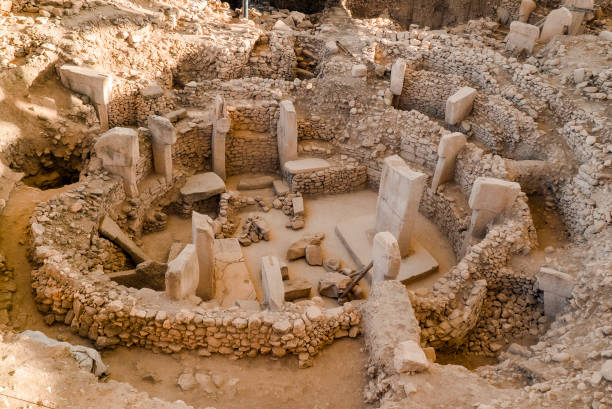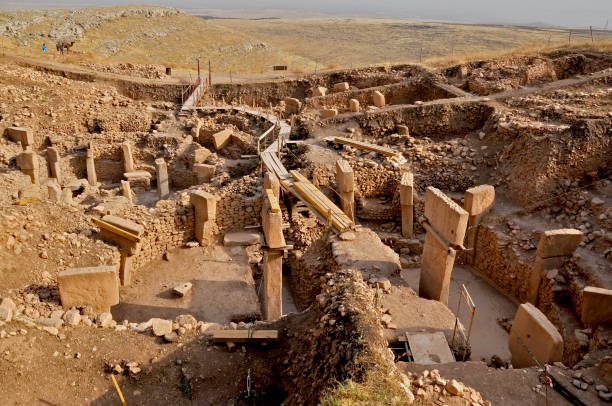Göbekli Tepe is an archaeological site located in southeastern Turkey, near the city of Şanlıurfa. It is considered one of the most important archaeological discoveries of the last century, as it challenges our understanding of human history and the development of civilization. The site is believed to date back to the Neolithic period, around 9,000 BCE, making it older than Stonehenge and the pyramids of Egypt.
Göbekli Tepe was first discovered in the 1960s by a team of archaeologists from the University of Istanbul, but it wasn’t until the 1990s that the site was fully excavated and its true significance realized. The site consists of a series of circular and rectangular stone structures, each with a central pillar made of limestone. The pillars are decorated with intricate carvings of animals, including lions, foxes, and birds, as well as abstract symbols.
The purpose of Göbekli Tepe remains a mystery, but it is believed to have been a center for ritual and ceremony. The structures may have been used for communal gatherings and religious ceremonies, and the carvings on the pillars suggest a belief in animal worship and shamanism. The site also features evidence of early agriculture, including domesticated wheat and barley, which challenges the traditional belief that agriculture developed after the rise of civilization.

The discovery of Göbekli Tepe has challenged our understanding of the development of human civilization. Previously, it was believed that the first human settlements emerged around 6,000 BCE, after the development of agriculture. However, the discovery of Göbekli Tepe suggests that humans were capable of building complex structures and engaging in communal rituals long before the development of agriculture and settled societies.
The site has also raised questions about the social and cultural organization of early human societies. The construction of Göbekli Tepe required a significant amount of resources and labor, suggesting a level of organization and cooperation that was previously thought to have developed only after the rise of civilization.
Göbekli Tepe is a unique and important archaeological site that offers a glimpse into the early development of human civilization. It challenges our understanding of human history and the development of civilization, and raises important questions about the social and cultural organization of early human societies. The site is also a reminder of the richness and complexity of human history, and the ongoing discoveries that continue to shape our understanding of the past.










